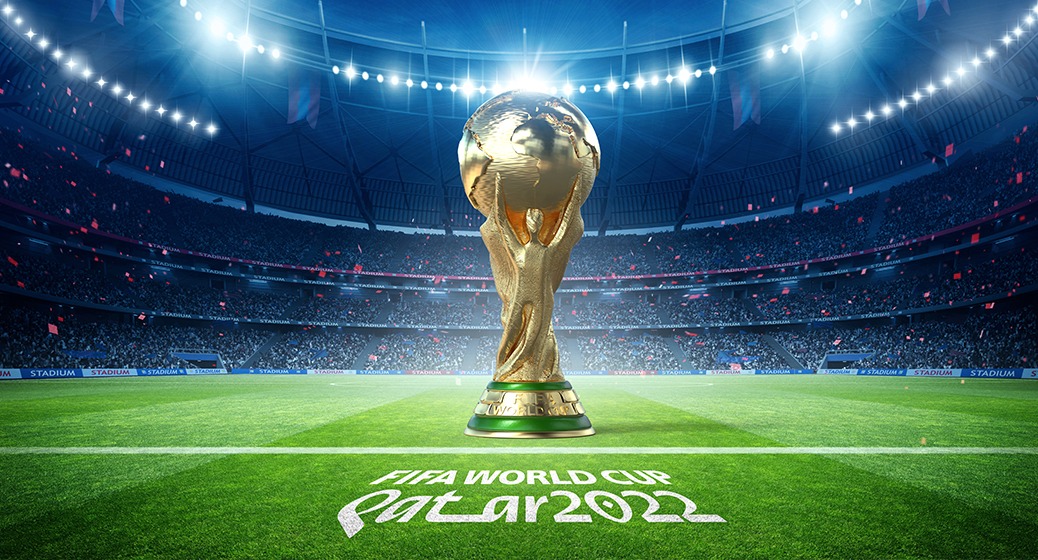It’s no secret that spectator sports are big business. With some of the world’s largest audiences, they often reflect national and regional influences and preferences. The world’s favorite spectator sports include:
- Rugby – held every four years, the World Cup attracts close to 800 million viewers, mainly in England, Wales, Japan, France, and Australia;
- Motor Racing – the Formula 1 Circuit attracts over 9 billion viewers worldwide during the season, easily topping 80 million for a single race, while NASCAR dropped 14 million in 2022;
- American Football – the Super Bowl is arguably the biggest game on the US calendar, attracting over 111 million viewers, mainly in North America;
- Olympics – drawing millions of viewers every four years, the 2018 Winter Games attracted a global audience of over 1.9 billion, with around 3.2 billion tuning into the 2016 Summer Games.
Keeping an Eye on the (Soccer) Ball
However, the popularity of each of these sports is often outstripped) by soccer:
- FIFA Confederations Cup – Held every four years as a warmup for the FIFA World Cup, around a billion fans tune in to the matches;
- UEFA Champions League – Europe’s annual soccer tournament attracts some 1.7 billion viewers;
- FIFA World Cup – the final match sets a new viewership record every four years; for the entire tournament, viewership of the 2018 event (hosted by Russia) topped 3.57 billion.
What’s so special about the FIFA World Cup?
Possibly the world’s most effective international marketing platform, the FIFA World Cup reaches out in multiple languages to people in some 200 countries all over the world. To do so, FIFA partners with international corporations through long-term agreements (Coca-Cola, since 1974) and local businesses for once-off events (Gazprom, 2018).
Sponsorship fees are high, averaging out at an estimated $60+ million over each four-year World Cup rights cycle. However, the benefits are significant as well, with a standard rights package that includes:
- Use of official marks, including composite logos as unique marketing tools;
- Exposure in and around stadiums, tailored to marketing strategies;
- Mentions in all Official FIFA publications and the official website;
- Acknowledgments through an extensive sponsor recognition program;
- Unforgettable hospitality and promotional opportunities;
- Direct advertising with preferential access to match broadcast placements;
- Ambush marketing protection, ensuring differentiation from the competition.

See how Transmyt can drive massive amounts of growth for your business.
-
SEO – Unlock massive amounts of traffic.
-
Content Marketing – Our team creates engaging content that will get shared + attract customers.
-
Paid Media – Effective paid strategies with clear ROI.
-
Website Development – Cutting-edge technology platforms.
Was the 2022 FIFA World Cup Success?
Notwithstanding all the controversy swirling about its award (in 2010), its motivations (unclear), and its ethics (under heavy fire), the 2022 World Cup hosted by Qatar seems to have been a success. Despite severe constraints on pre- and post-match street sales, top sponsor Budweiser received ample editorial coverage, with sales burgeoning outside the host nation.
A string of unexpected underdog victories boosted audiences across the world, and led to a nail-biting final between the current titleholder (France) and a long-term contender (Argentina). The final viewership figures are not yet in, but are forecast to top a massive five billion – 45 % more than the 3.5 million watching the 1994 World Cup, hosted by the USA.
That sounds like a win for all nineteen World Cup sponsors, ranging from global household names like McDonald’s, Visa, and Adidas to local businesses like Qatar Airways and Qatar Energy. In fact, World Cup funding comes from seven FIFA World Cup sponsors, seven FIFA partners, and other backers in all five regions.
Women Moving onto the Pitch
The surging popularity of soccer is not limited to men’s games. Two decades after the young stars of Bend It Like Beckham (2003) shocked their screen families by pursuing their on-the-pitch dreams, women’s soccer is now a firm fixture on the major sporting events calendar.
In 2019, 1.12 billion viewers tuned into Women’s World Cup matches, 56% higher than the 2015 final. Reflecting heavier investments in women’s soccer, this uptrend is expected to continue with the 2023 World Cup.
Hosted jointly by Australia and New Zealand, its line-up has expanded from 24 to 32 teams. Here’s why women’s soccer is drawing so much attention today:
- Soccer is the most popular women’s sport worldwide, played by inspirational stars with headline-attracting names;
- A four-time winner, the US is the Nº 1 side, but will face hot contenders from all over the world in 2023;
- As a developing sport, women’s soccer provides a steady stream of rising stars, who make great budget-friendly brand ambassadors.
Takeaway: Hosted by the USA, the 2026 World Cup is opening up a vast range of largely untapped sports marketing opportunities for local businesses. Smart marketers are already exploring ways of getting into the ‘beautiful game’!
Keep Reading
Want more? Here are some other blog posts you might be interested in.
It’s hard not to be awed by the promise of artificial intelligence. The headlines are relentless: AI diagnoses cancer faster than ...
There’s real power in a strong headshot. Not the cheesy, over-posed kind—but the kind that instantly communicates who you are and ...
Cold emails have a terrible reputation—and in many cases, it’s well earned. The average inbox is flooded with lazy, templated pitches ...
For founders and growing companies
Get all the tips, stories and resources you didn’t know you needed – straight to your email!



